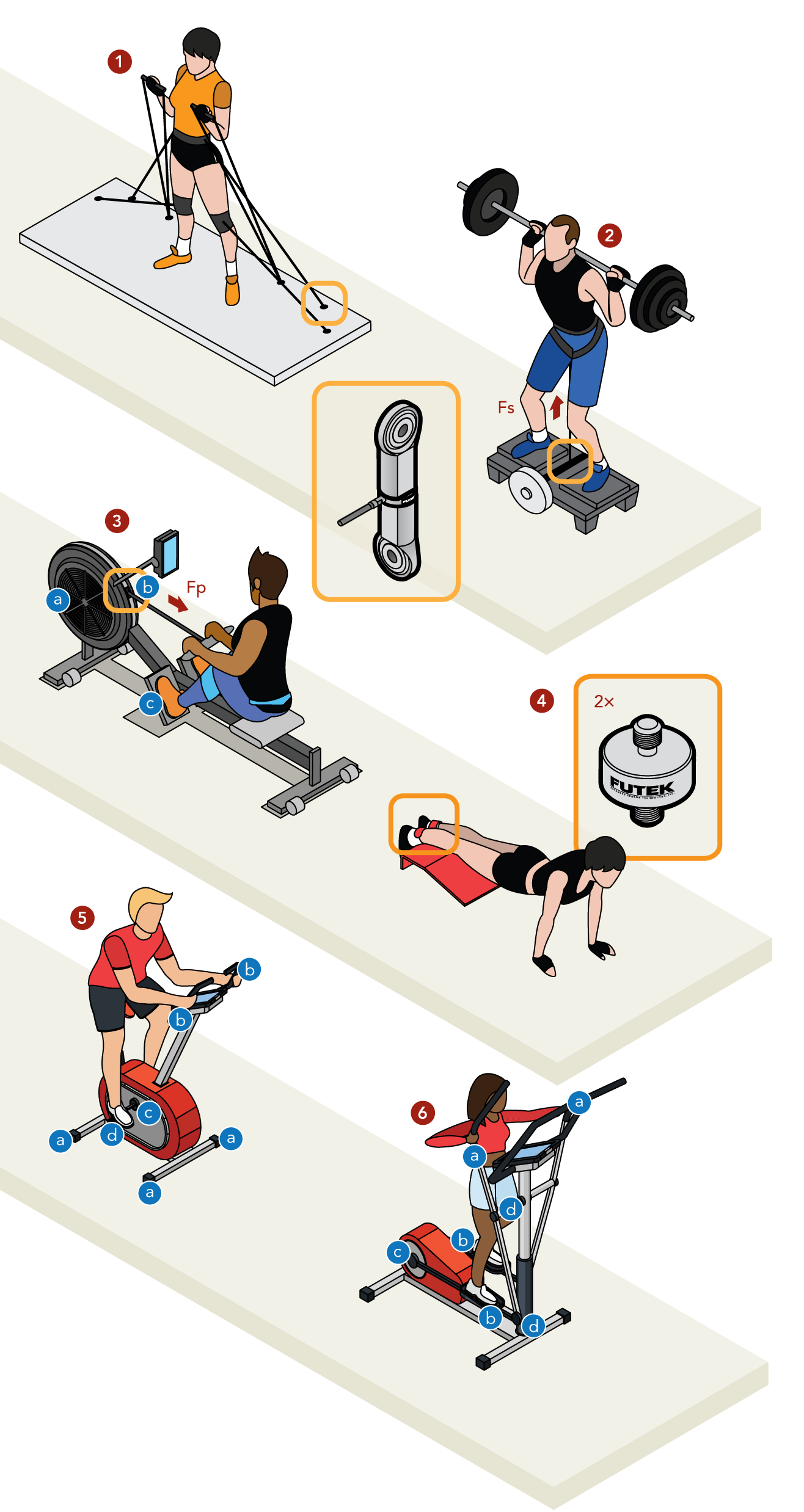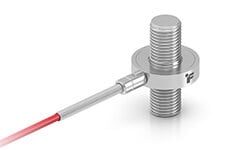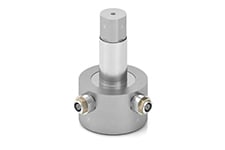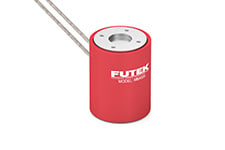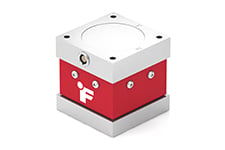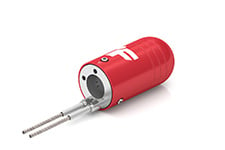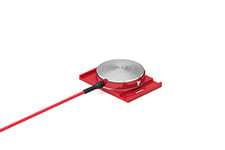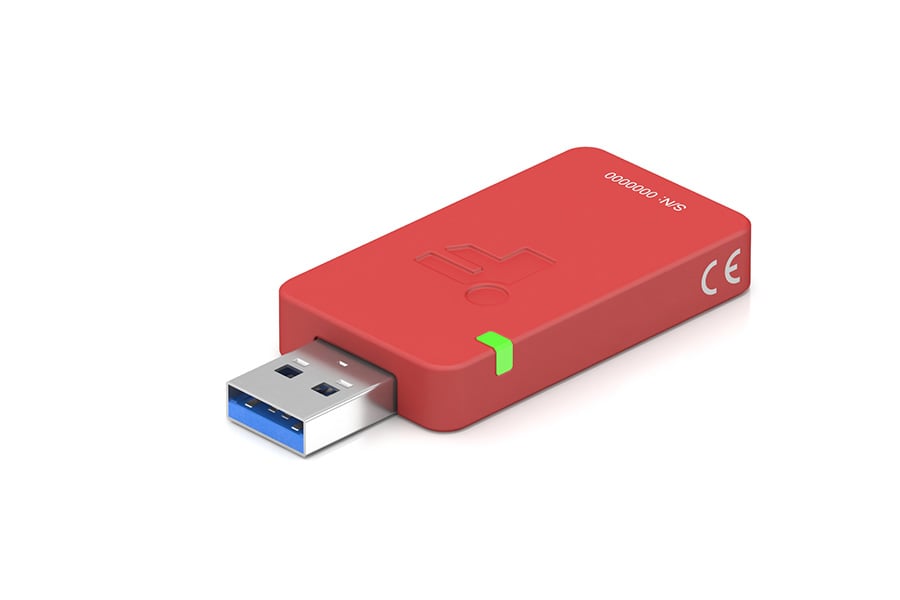How do you apply force measurement to monitor fitness training progress? And how is it used to track muscle growth and strength?
Using Force Measurement during workouts or athlete training programs can change the way professional support staff approach muscles performance training, as well as injury prevention and rehabilitation exercise prescription, as IoT sensors on smart fitness equipment enable athletes to accurately track strength and fatigue in different body parts.
Also, force and torque sensors provide a new dimension to the monitoring of training and injury risk management, enabling coaches and trainers to more perceptively prescribe training loads, identify risk and evaluate training effectiveness.
How can engineers design the smart workout equipment of the future?
To create top performing products for the fitness equipment industry, engineers and designers must understand how the customer interacts with them. This is crucial, given that malfunctions and failures lead to user injury, commercial failure, and potentially legal issues.
Force and Torque sensors data enable engineers and designers to accurately collect, log and analyze human-equipment interaction forces and capture natural human movements. It supports failure analysis, defines equipment limitations and facilitates assessing equipment reliability and product lifecycle analysis.
How it Works
Resistance Bands Pulling Force Measurement:
Miniature Load Cells are connected to each of the six resistance bands. As the athlete pulls the resistance bands, the multi-directional pulling forces are measured by the force sensors.
Squat Exercise Load Measurement:
Traditionally, coaches use belts with hanging weights to measure the athlete's squatting force. Load measurement using a load cell that's connected to a flywheel provides motion freedom, variable resistance, and unlimited load.
Indoor Bike:
Ⓐ CG - Center of Gravity monitoring when athlete exercising. This could use LLB Series Load Button, LTH Series Donut Thru Hole Load Cell, LCF Pancake Load Cell or MTA400 Multi Axis.
Ⓑ MBA400 / MBA500 / MAU300 Multi Axis Force Sensors installed on the handles of elliptical and treadmill equipment to monitor and study the grip force and pull force during exercise.
Ⓒ Efficiency and friction testing by measuring torque on the wheel. Rotary torque sensors to monitor torque, RPM, angle, and power.
Ⓓ Pedal force sensor to monitor foot/toe strength.
Rowing Machine:
Ⓐ Efficiency, friction, and torque testing on the turning wheel and clutch in test jig for reliability. This would be used a test of the machine in a test rig using rotary torque sensors to monitor torque, RPM, angle, and power.
Ⓑ A LCM200 Miniature Load Cell Sensor is installed between the rower handle and the fly wheel chain. During the rowing stroke, the force curve is captured by the force transducer, indicating how total force varies as the athlete uses the legs, back and arms during the drive.
Ⓒ LAU220 Pedal Force Sensor on the rowing to monitor the athlete's foot pressing force and toe strength during exercise.
Elliptical Machine:
Ⓐ MBA400 / MBA500 / MAU300 Multi Axis Force Sensors installed on the handles of elliptical and treadmill equipment to monitor and study the grip force and pull force during exercise.
Ⓑ LAU220 Pedal force sensor on the elliptical to monitor the athlete's foot pressing force and toe strength during exercise.
Ⓒ Efficiency and friction testing by measuring torque on the wheel. Rotary torque sensors to monitor torque, RPM, angle, and power.
Ⓓ Reliability testing of wear and tear on the bearings on all joints and pivot points under motion as well as fatigue testing of components under repetitive motion.
Hamstring strength Measurement (aka Prone Leg Curl):
Load Cells are installed to each of the semi-circular clips at the back of the hamstring strength monitoring equipment. As the athlete works out and pulls the semi-circular clips at the Prone Leg Curl, the load is sensed by the force measurement system.
Products in Use
• LCM200 Miniature Load Cell;
• MBA400 Multi-Component Bi-Axial Load Arm
• MBA500 Torque and Thrust Bi-Axial Load Cell;
• MTA400 Tri-Axial Load Cell;
• MAU300 Stick Shift Load Cell Sensor;
• LAU220 Pedal Force Sensor;
• Rotary Torque Sensors;
• LTH Donut Thru Hole Load Cells;
• LLB Load Button Load Cells;
• LCF Universal Pancake Load Cells;
All these sensors can be paired with Signal Conditioner USB Digital Amplifier (USB225).
Contact Us
Please Contact Us with questions.
How do you apply force measurement to monitor fitness training progress? And how is it used to track muscle growth and strength?
Using Force Measurement during workouts or athlete training programs can change the way professional support staff approach muscles performance training, as well as injury prevention and rehabilitation exercise prescription, as IoT sensors on smart fitness equipment enable athletes to accurately track strength and fatigue in different body parts.
Also, force and torque sensors provide a new dimension to the monitoring of training and injury risk management, enabling coaches and trainers to more perceptively prescribe training loads, identify risk and evaluate training effectiveness.
How can engineers design the smart workout equipment of the future?
To create top performing products for the fitness equipment industry, engineers and designers must understand how the customer interacts with them. This is crucial, given that malfunctions and failures lead to user injury, commercial failure, and potentially legal issues.
Force and Torque sensors data enable engineers and designers to accurately collect, log and analyze human-equipment interaction forces and capture natural human movements. It supports failure analysis, defines equipment limitations and facilitates assessing equipment reliability and product lifecycle analysis.
